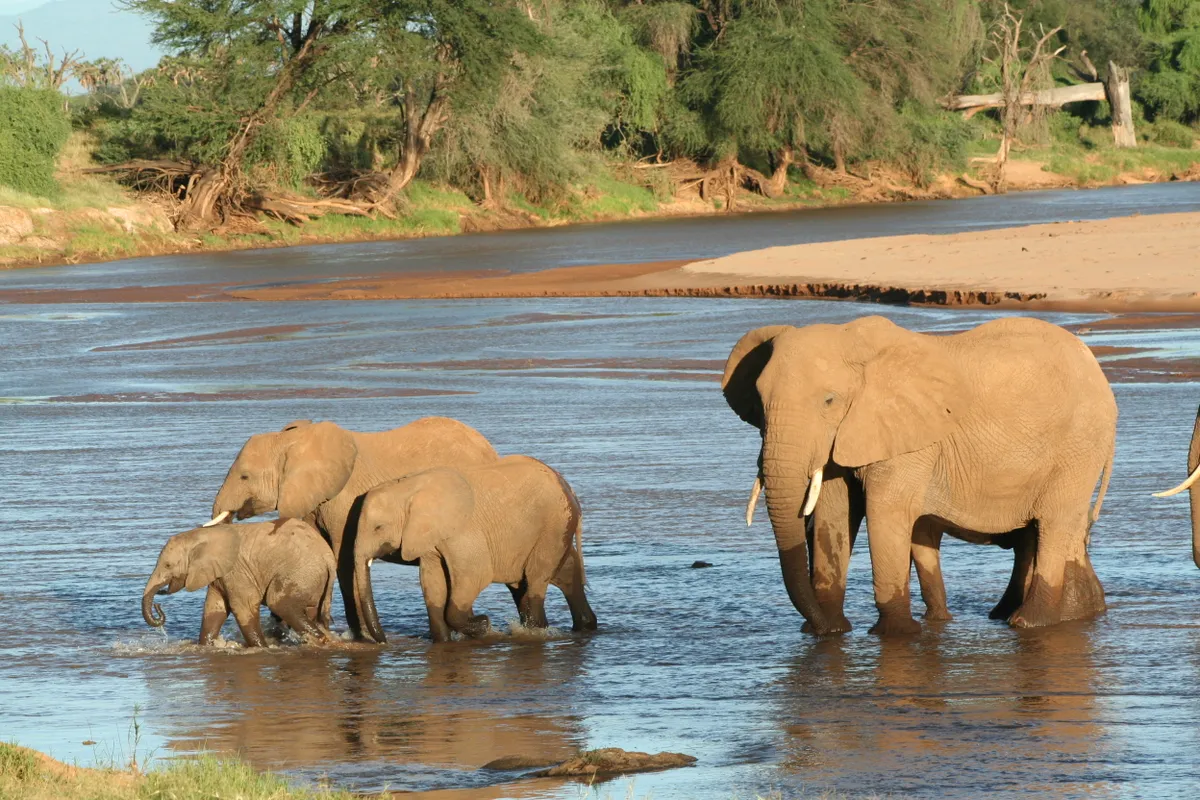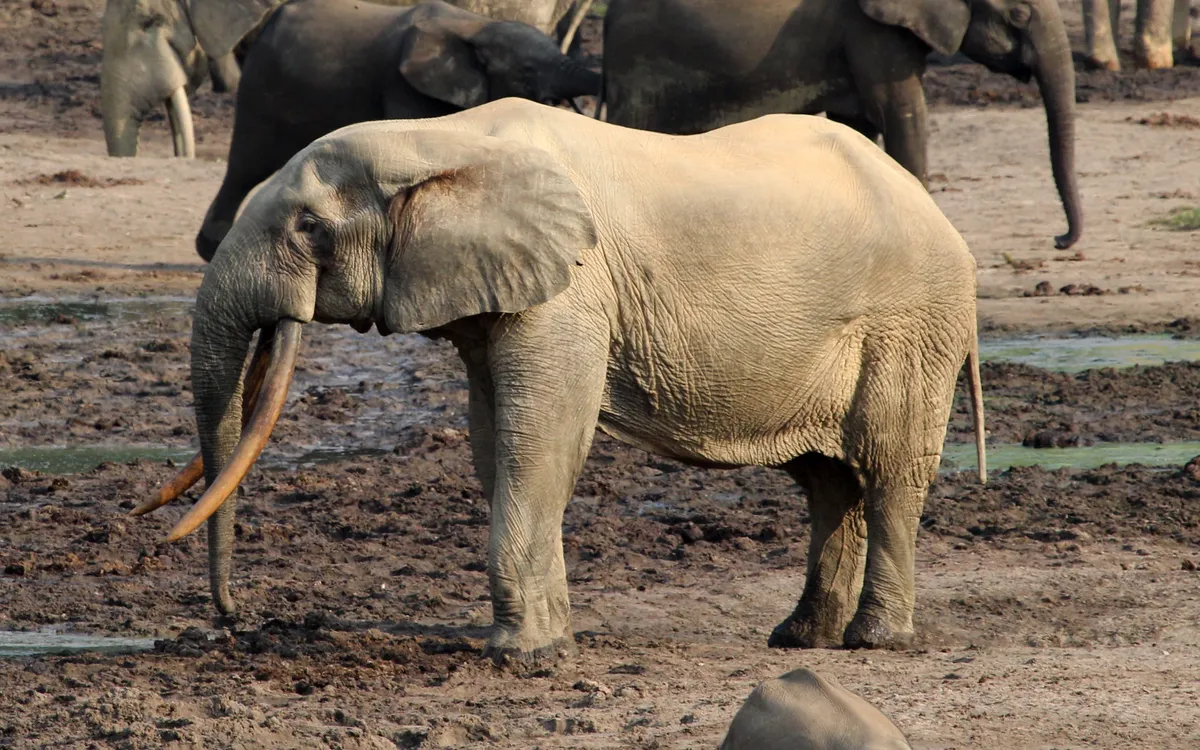The IUCN Red List has announced that the African savanna elephant (Loxodonta africana) and African forest elephant (L. cyclotis) are now classified as Endangered and Critically Endangered respectively, following the first separate assessment of the two species.
Prior to this, the two species had been treated as a single species and had been listed as Vulnerable. However, new genetic evidence emerged that they are separate species.
Both species have declined in recent decades, with the populations of African savanna elephant decreasing by at least 60% over the last 50 years, and African forest elephants by more than 86% in 31 years. The latter is thought to occupy only a quarter of its historic range.

An increase in poaching for ivory since 2008 has seen sharp declines for both species, which peaked in 2011 but has continued to threaten them. They also face a range of other threats such as loss of habitat.
“For these assessments, a team of six assessors used data from as far back as the 1960s and a fully data-driven modelling approach to consolidate the decades-long efforts of many survey teams for the first time,” explains Dr Kathleen Gobush, lead assessor of the African elephants and member of the IUCN Species Survival Commission (SSC) African Elephant Specialist Group.
“The results quantify the dramatic extent of the decline of these ecologically important animals. With persistent demand for ivory and escalating human pressures on Africa’s wild lands, concern for Africa’s elephants is high, and the need to creatively conserve and wisely manage these animals and their habitats is more acute than ever.”

The IUCN took the decision to treat them as separate species following genetic research into elephant populations. The ranges of the two species rarely overlap. Forest elephants occur in the tropical forests of Central Africa and in a range of habitats in West Africa, while savanna elephants prefer open country in Sub-Saharan Africa.
Although both are deemed to be threatened with extinction, some subpopulations are thriving thanks to the implementation and success of conservation efforts including anti-poaching measures, and legislation and land use planning to improve human-wildlife coexistence.
“While the results of the assessment place the continental population of savanna elephants in the Endangered category, it is important to keep in mind that at a site level, some subpopulations are thriving. For this reason, considerable caution and local knowledge are required when translating these results into policy,” says Dr Dave Balfour, assessor of the African elephants and member of the IUCN SSC African Elephant Specialist Group.
The IUCN Red List now includes 134,425 species of which 37,480 are threatened with extinction.

Main image: African savanna elephants in Buffalo Springs National Reserve, Northern Kenya. © Robbie Labanowski/Save the Elephants
